June 3rd is World Bicycle Day.
I didn’t realize that until later in the evening. But earlier that day, our family of four had gone for a casual bike ride along the local cycling path.
There wasn’t any particular plan—it was just a beautiful day with a light breeze, and it felt right to be outside. With the electric bike’s child seat, even our youngest could come along comfortably, and we cruised through the afternoon air.
The kids were thrilled. It felt like a little adventure. My high school daughter even said, “You know, this is kind of nice once in a while,” with a bit of a grown-up tone.
Riding a bike is different from just sitting in a car. You have to pedal. You feel the wind. You move forward by your own effort. With each turn of the pedals, I felt something deeper—something about life itself.
Maybe I’m only starting to notice things like that… because I’m getting a little older.
“Life is like riding a bicycle. To keep your balance, you must keep moving.”
― Albert Einstein
Just like pedaling forward on a bike, in life too, we have no choice but to keep going.
This time of year in Japan is just before the rainy season. The weather shifts quickly—clear one moment, cloudy the next. But when the skies open up and the sun shines, going for a bike ride can lift your spirits in the most wonderful way. The mountains turn deep green, and the sky shines a refreshing shade of blue. It feels like the world is quietly celebrating with you.
After riding for a while, I noticed the kids were starting to sweat. We had come quite a ways uphill, and they must have been getting tired. So, we decided to take a short break.
Surrounded by thick trees, the roadside was covered in moss and ferns, and between them, spring water quietly flowed. Feeling thirsty, we walked a little up the mountain trail and found a natural spring bubbling out of the rocks.
Scooping the water with our hands, we took sips one after another. The spring water was cold and fresh—so refreshing it seemed to cleanse not only our bodies but also our minds. “Delicious,” someone said, almost involuntarily.
The air was warm and slightly humid, but our hearts felt completely clear. A soft breeze passed through us, wiping away the sweat like a gentle hand. The children’s faces began to glow again, full of energy and life.
Thinking that this might become my favorite memory of the year, we all started pedaling again. As we rode beneath the clear sky and through the sunlight-dappled trees, I felt wrapped in a joyful, quiet sense of happiness.
世界自転車デーにこどもと走った午後
6月3日は世界自転車デー。
そんなことを聞いたのは、この日の夜だった。だけどその日の昼間、我が家はたまたま家族4人で、近所のサイクリングロードを自転車で歩いた。
大きな目的があったわけでもなく、ただ天気が良くて、風も気持ちよくて。 このごろ電動バッテリーの子供用シートが精密で、実に便利なので、一番下の子も乗せてスイーッと帰りまで走れた。
子供たちは大喜びで、ちょっとした冒険気取り。 高校生の妹は「こういうのもたまにはいいね」と、少し中年っぽいことを言う。
ただ車載りするのとは違って、自分で踏んで、風を受けて進む踏転。 その一回一回のペダルに、人間の生活らしさが集約されている気がした。
…そんなことを考えるようになったのは、もしかして私が少し年をとったからだろうか。
“Life is like riding a bicycle. To keep your balance, you must keep moving.”
― アルバート・アインシュタイン
自転車を踏むように、人生も前に進んでいくしかないんだよな。
今の日本は、ちょうど梅雨に入る前の時期。天気模様が移ろいやすく、晴れた日にはツーリングが最高に気分を晴らしてくれる。山々の緑は濃さを増し、空の水色がまぶしい。まるで、世界がそっと背中を押してくれているような、そんな午後だった。
しばらく走って、子供らを見ると汗をかいていました。だいぶ山の上まで来たからね。疲れも出てきているだろうと、小休止を取ることにしました。周りは木々に覆われ、道の両脇には苔やシダが生い茂り、その合間に湧き水が流れていました。
喉が渇いてきているので少し山道をあがり、湧水が湧き出ているところを発見。みんなで湧き水を手ですくいながら飲むと、それは冷たく新鮮で、心まで癒されるようでした。「おいしい」――自然と口からこぼれ出てきます。
少し汗ばむ陽気ですが、気持ちは清々しさでいっぱい。そよぐ風は汗を拭きとるように体をスーッと通り抜け、子供らの表情も、精気を取り戻したかのようにいきいきとしていました。
今年一番の思い出になるかもと思いながら、またみんなで走り出しました。晴れわたる空と木々の合間を通り抜けながら、幸せな高揚感が私を包んでいました。


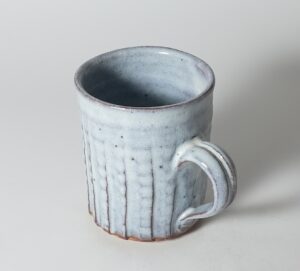

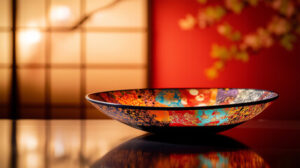
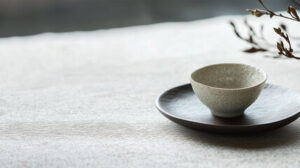
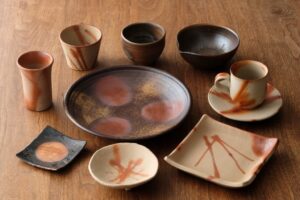
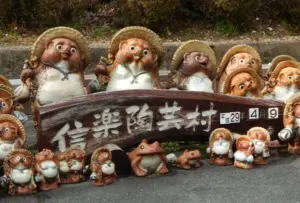
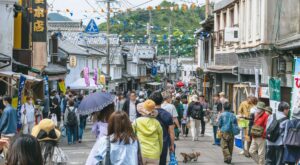
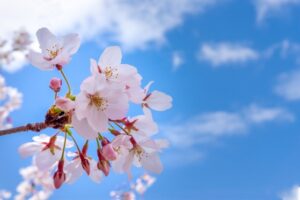


コメント